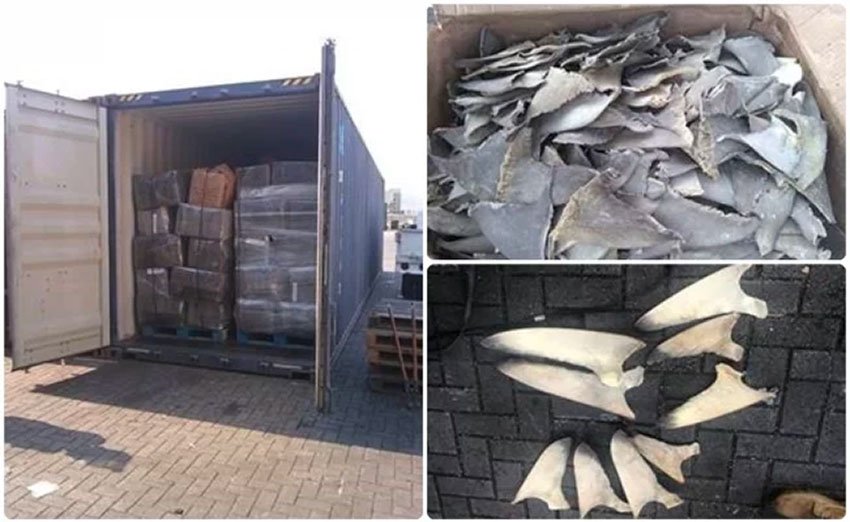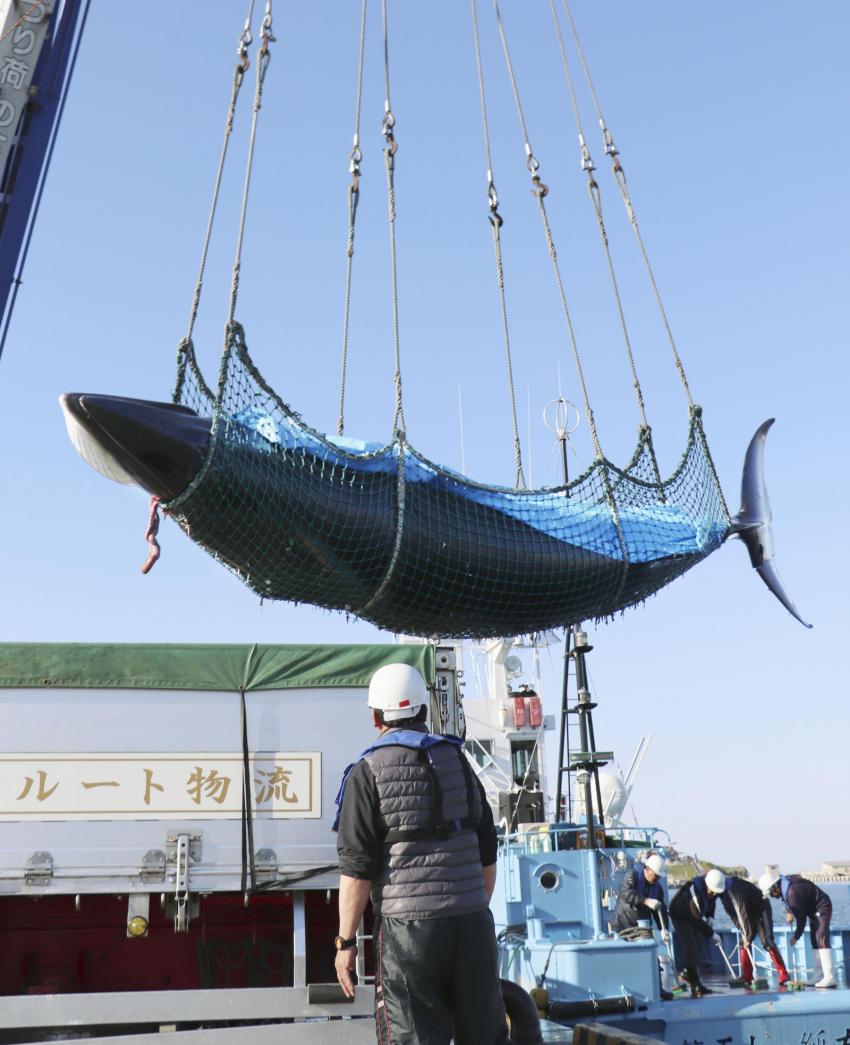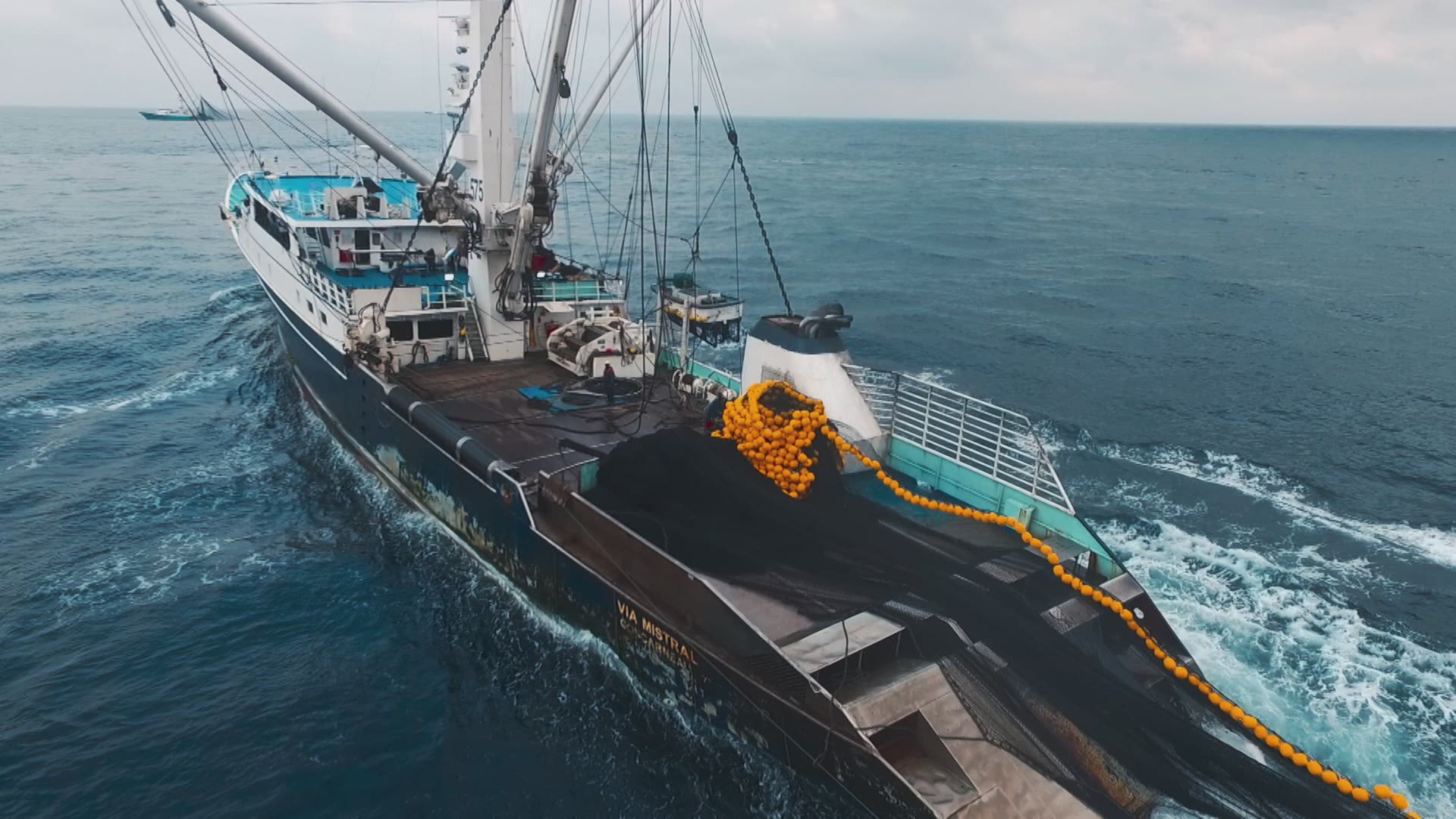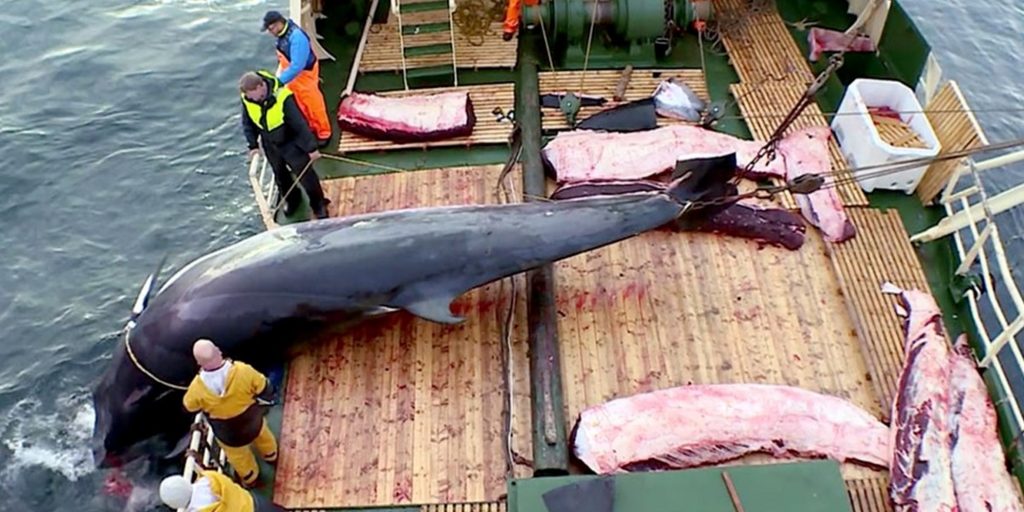
April 1st was the first day of Norway’s whaling season. So far 15 minke whales ranging 6-8 meters have been harpooned by 3 vessels. It is expected that there will be more vessels joining in on the hunt throughout the rest of the season.
The minkes along the Norwegian coast feed on a type of crustacean called copepods, which there apparently is currently an abundance of.
Pregnant
Ninety percent of the minke whales hunted and killed each year in Norwegian waters are female and “almost all” of them are pregnant, according to a documentary aired earlier this month on NRK, a government-owned public broadcasting company.
The documentary, Slaget om kvalen (“Battle of Agony”), shows grisly footage of Norway’s whaling industry, including one bloody scene where a fisherman cuts open a whale and removes its fetus.
The release of the documentary has sparked intense outcry from conservation groups in light of Norway’s long-standing objection to the International Whaling Commission’s (IWC) 1986 ban on commercial whaling.
Norway is the world’s top whaling nation, and has a quota to kill 999 minke whales during the 2017 hunting season, up from its quota of 880 whales in 2016.
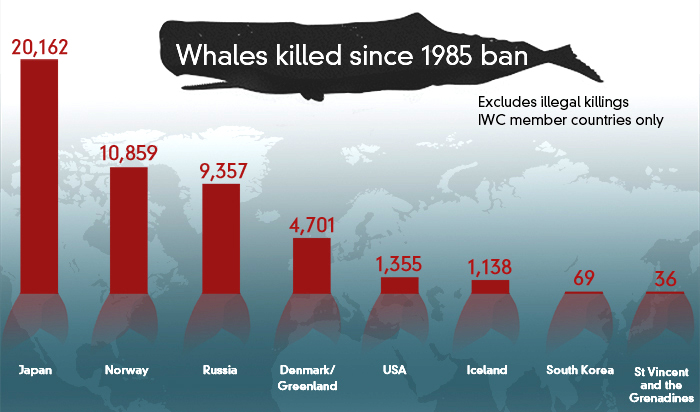
A 2016 joint report from the Animal Welfare Institute, OceanCare and Pro Wildlife found that in 2014 and 2015, Norway killed more whales than Japan and Iceland combined.
“We have a professional approach and therefore we don’t think about it,”
Dag Myklebust, Harpooner of Norwegian whaling ship Kato
“Lots of slaughtered animals are sent to the slaughterhouse when they are pregnant,” said Egil Ole Oen, a veterinarian who specializes in whale hunting.
Norway and Iceland are the only countries that continue to hunt whales despite the IWC’s moratorium. Japan also conducts whaling for “research” reasons.
TAKE ACTION for minke whales: keikoconservation.com/helpminkewhales
Subscribe for Green World Warriors Newsletter
Also read:
Norway sparks outcry by raising whaling quota
90% of Minke Whales Killed in Norway Are Female and ‘Almost All’ Pregnant
Listen to a BBC interview with the whalers
Source: Keiko Conservation & EcoWatch


